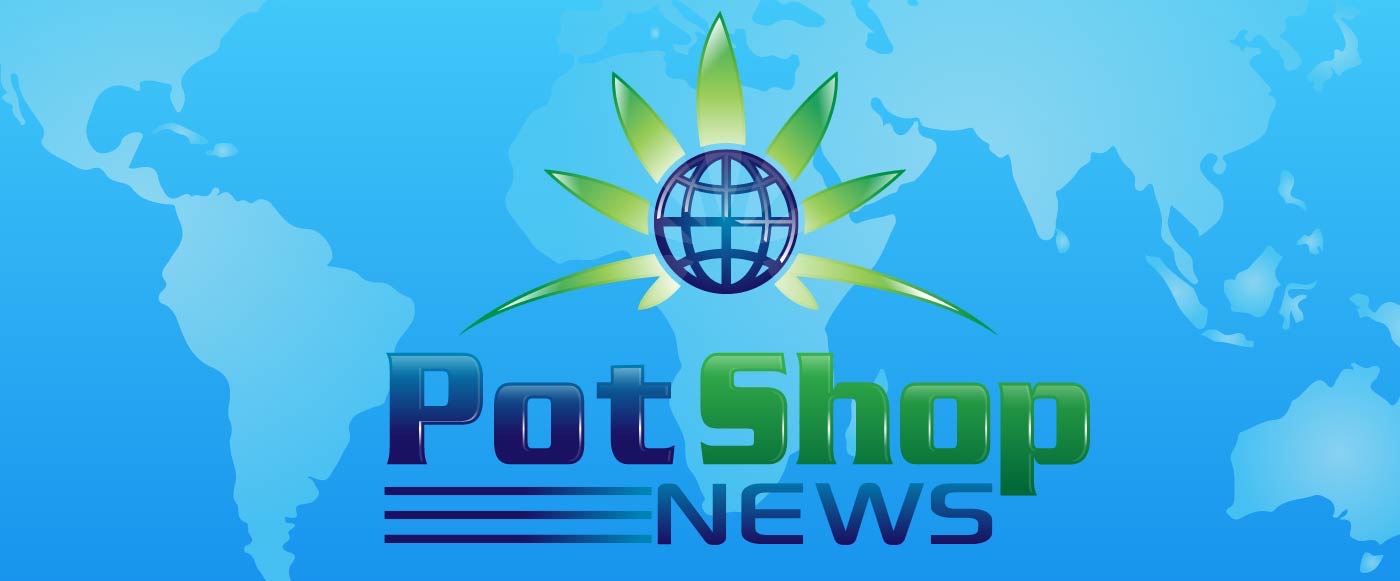In an open letter responding to the proposed cannabinoid thresholds, the European Industrial Hemp Association (EIHA) has said it is worried about the current application from the Hemp Feed Coalition (HFC) to the Association of American Feed Controls Officials (AAFCO). Photo: Canva
The increase in interest comes as conventional protein sources used in livestock nutrition, such as soybean meal, canola meal or fish meal, are no longer sustainable due to increasing prices.
Earlier this year, the US Food and Drug Administration’s Centre for Veterinary Medicine and the Association of Animal Feed Controls approved hemp seed meal as feed for laying hens.
The regulatory bodies set a threshold of 2 parts per million (ppm) of THC, the natural compound that make you feel high, and a threshold of 20ppm for CBD, but some hemp sector members across the world have expressed concerns.
Research published 2 years ago “Industrial Hemp: Food and Nutraceutical Application” suggested that supplementing ruminant animal diets with industrial hemp seeds or by-products could enhance the nutritional quality of milk and dairy products by increasing lactose and fatty acids.
Conversely, for poultry nutrition, incorporating extracts of bioactive substances like cannabidiol or hemp oil into diets appears more suitable than adding expellers or other hemp processing by-products.
In an open letter responding to the proposed cannabinoid thresholds, the European Industrial Hemp Association (EIHA) has said it is worried about the current application from the Hemp Feed Coalition (HFC) to the Association of American Feed Controls Officials (AAFCO).
“We believe this feed ingredient definition does not reflect current research on feed-based cannabinoid risk, would needlessly exclude most commercially available hempseed meal, and therefore create a market that would not be commercially viable.
“We also believe that moving forward with this registration would create precedent that will complicate commercially viable hemp livestock feed ingredient registrations in Europe and other important global markets,” the letter added.
It is not just Europe that have concerns about the US stance. The Canadian Hemp Trade Alliance (CHTA) called earlier this year for an increase in cannabinoid thresholds.
“While we are optimistic for the new market opportunities, we do have concern that the proposed limits of 2 ppm of total THC and 20 ppm of total CBD are too low when the hempseed meal is produced from hemp varieties that are commonly grown in North America. The observed variation of these natural constituents after decades of food manufacturing shows that most lots will not meet these low levels.
“We feel that the established limit of 10 ppm for total THC for hempseed-derived food products in Canada is more appropriate in that it will not require separate testing of lots to qualify for feed, an effort in costs and time that the feeding industry will not be prepared to incur,” it said.
In a blog written for the International Cannabis Business Conference, author Frank Schuler said a recent study conducted in China using hemp seed cake (HSC) to feed chickens had found that “adding 20% HSC in the feed had a notable effect on the growth, antioxidant and immune capabilities, blood lipid metabolism and meat performance,” of the chickens.
An increase in popularity of hemp used for animal feed has led to calls for uniform international science-based regulations for the sector. The increase Read More

